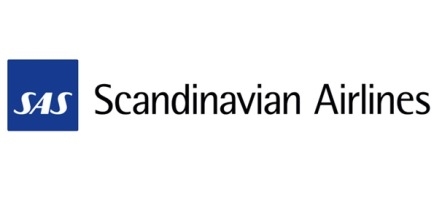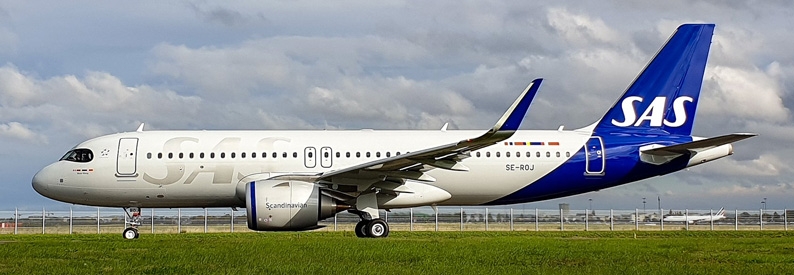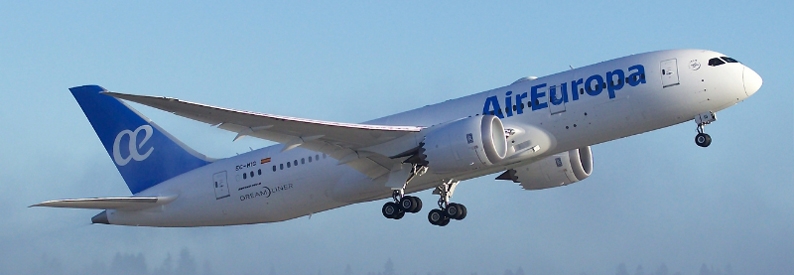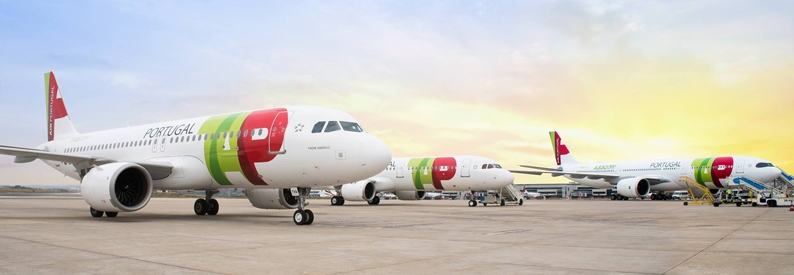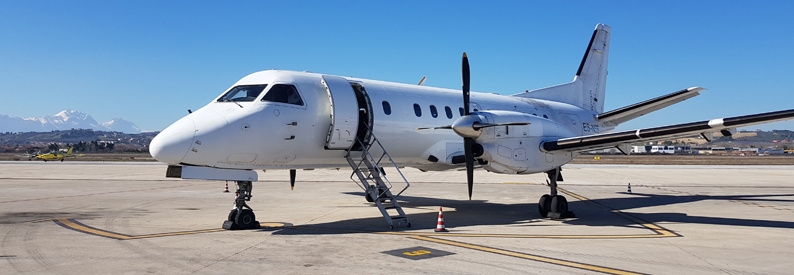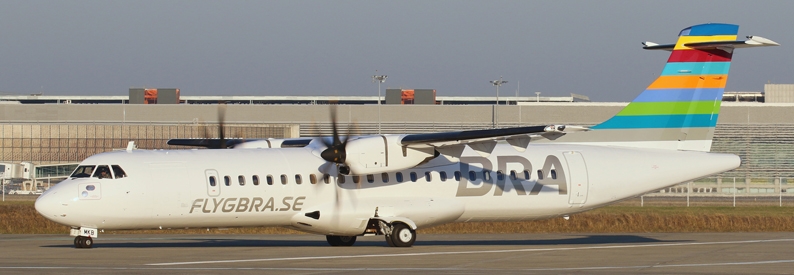SAS Scandinavian Airlines (SK, Copenhagen Kastrup) has launched a new “transformation plan” that aims to save SEK7.5 billion kronor (USD786 million) per year and is looking to raise further capital as it confronts widening losses and a future that “remains unpredictable.”
The airline posted on February 23 a first-quarter (November to the end of January) pre-tax loss of SEK2.58 billion (USD271 million) against a loss for the same period a year earlier of SEK1.92 billion (USD202 million), even though revenue for the quarter rose to SEK5.55 billion (USD583 million) from SEK2.28 billion (USD240 million). Revenue was still, however, 42% below the first quarter in 2019.
To combat the losses and its onerous high costs, the carrier unveiled an outline of its new programme, which it branded SAS Forward.
“For many years, SAS has been burdened by an uncompetitive cost structure that prevents the company from reaching its full potential. [...] SAS will implement measures aimed at securing long-term competitiveness along with the already ongoing work of developing an efficient and profitable business,” it said in a statement.
The impact of the pandemic, ranging from lockdowns to “structural changes in travel patterns,” has “had a fundamental impact” on the airline. Without fundamental change, these effects “will quickly exhaust SAS’ cash resources.”
The airline, which is part-owned by the governments of Sweden and Denmark, “will proactively adopt a full transformation of its business, including its network, fleet, labour agreements and other cost structures via a broad and comprehensive transformation plan.” However, the success of the plan and the ability to attract possible new capital “depends on SAS stakeholders’ full participation.”
The plan includes “achieving unit cost competitiveness and rightsizing the fleet (including refocusing long-haul)” as well as leveraging the SAS brand, the airline said. A key element will be SAS “aggressively” pursuing cost-cutting with “far more comprehensive burden-sharing across all major stakeholder and creditor groups.”
Other elements include a redesigned fleet, network, and products; a major digital transformation; and investment in fuel-efficient aircraft, sustainable aviation fuels, and services with “incentivised customer behaviour change.” SAS also said it aimed to strengthen its balance sheet by “deleveraging and raising new capital” but gave no further details on how this would be done.
